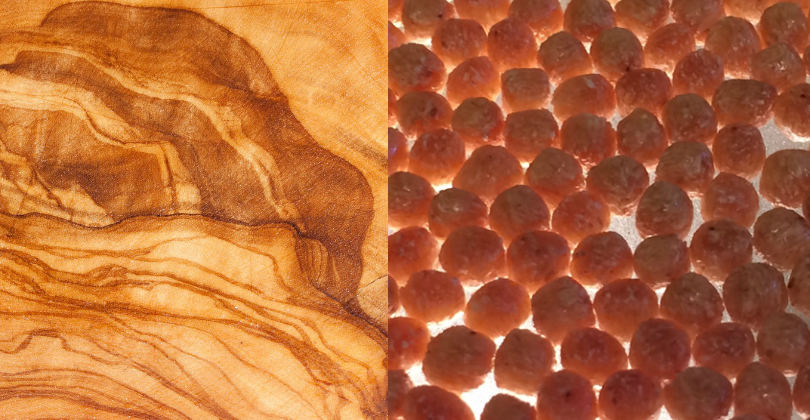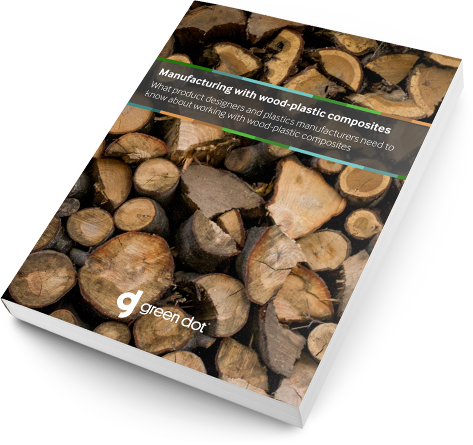Wood-plastic composite particle size & wood species: The designer’s choice
Compared to traditional plastics, much of the manufacturing process remains the same when working with wood-plastic composites. But product designers should be aware of two key variables when setting off in a more sustainable direction with these biocomposites.
Particle size and wood species are two features of wood-plastic composites that designers are able to choose prior to production. These characteristics are typically selected during the design phase and will have a significant bearing on the look and feel of the finished product.

Larger-sized wood particles will be visible in the finished product, giving it a more wood-like appearance. Products manufactured from smaller-sized particles, on the other hand, will appear more like they were formed from a traditional plastic. If the appearance of being crafted from wood is important to the overall product, designers will be better served by a larger particle size.
The species of wood selected as the organic filler for the composite plastic will also have an effect on the color of the final product. Items manufactured using a pine filler will come out lighter than those manufactured from a maple filler, for example. Discussing color considerations with your supplier is always a good idea.
Hardwood blends are another option for designers. But these can be difficult to color match, with a natural variability resulting from the uniqueness of each blend. If consistency is a primary concern, consider staying away from hardwood blends.
It may be helpful for product designers to engage manufacturers to discuss particle size and wood species, why each was chosen and any advice from the supplier on achieving the agreed-upon final characteristics. This will ensure that things flow smoothly from conception through execution.
If you’re a designer that would like to discuss what manufacturing from wood-plastic composites could do for your product, we’d love to schedule a consultation. For more on the considerations that accompany manufacturing from a wood-plastic composite, download our guide to the subject via the form below.

Working with wood-plastic composites
Why plastics manufacturers have nothing to fear by switching to a wood-plastic composite alternative material


